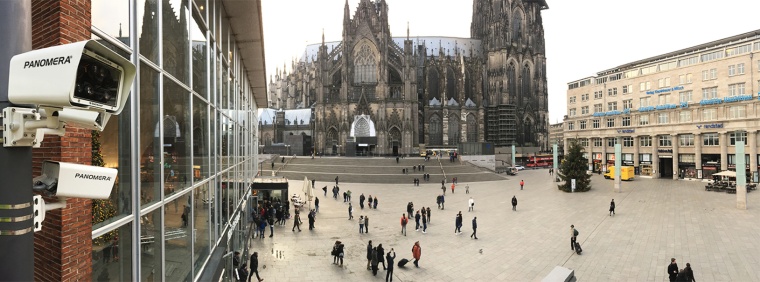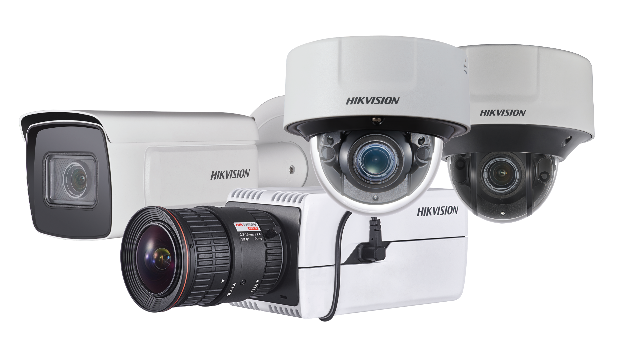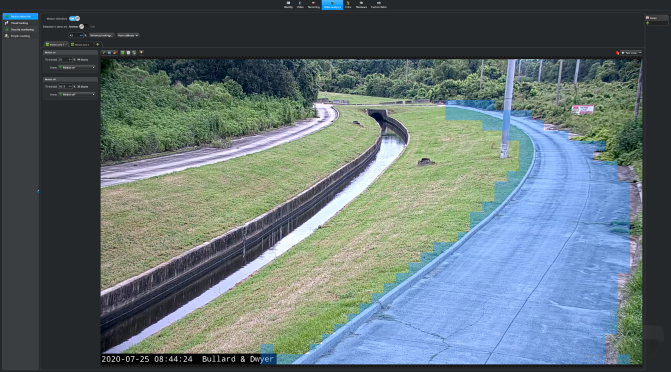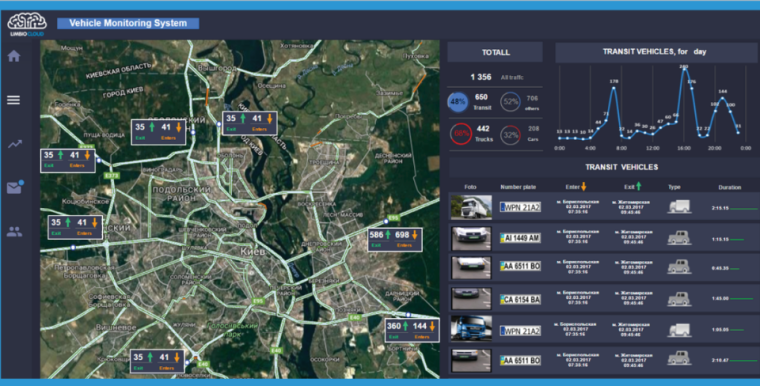Successful Security Deployments in Cities
GIT SECURITY takes a closer look at chosen cities where the installation of security technology not only was successful, but was followed by decreasing crime rates

Many cities have key areas or problematic zones where a typically higher crime rate occurs or other fields and topics that need to be adressed and leveraged to a more secure level. This is why GIT SECURITY takes a closer look at chosen cities where the installation of security technology not only was successful, but was followed by decreasing crime rates and happy city and police departments.
The Safe Cities Index 2019 [1], a report from The Economist Intelligence Unit and sponsored by NEC Corporation, researched 60 cities across 57 indicators. Amongst these indicators are digital security, health security, infrastructure security and personal security. The results were: Two-thirds of the top ten cities with the highest score are in Asia-Pacific with Tokyo leading the field. However, they also found that city safety does not correlate with global region. The highest-ranking cities have an important common factor. They are good at a basic level through all of the security indicators: Easy access to good healthcare, cyber-security, community-based police patrolling or disaster continuity planning.
Speaking of basic security levels, a city can take action with one simple step: Upgrading their city surveillance or security technology in general. That’s why this article looks at some example cities where security measures were successfully deployed and have changed the level of security tremendously.
Mennecy Reduces Crime Levels
For Hikvision, safe city is an important industry and application field for their solutions, but due to variations in each city in different countries, they don’t have a generic solution, but tailored installations for each individual city scenario. Cities all over the world are looking at ways to reduce and manage crime levels. One such city, Mennecy in France, turned to installer Ibson for a solution, who then installed Hikvision cameras and equipment. They had already identified areas where crime was more likely to happen and needed to make these areas more secure. With 78 cameras installed around strategic areas they covered many different scenarios: Network IR Speed Dome cameras from their Smart IP series with DarkFighter technology ensured high image quality in every lighting condition and help combat crime around shopping malls, train stations and schools; ANPR cameras were used on major roads to control speeding, and finally, the solution was brought together and managed using iVMS 4200 and a video wall in the city monitoring center. The city department reported on a desirable development: While being able to go after more serious crime like assaults, they were also instrumental in reducing ‘community crimes’ like urinating in public. They saw a drop in incidents in the areas where the cameras were installed. In those places, delinquency was reduced or even removed altogether.

Cologne Secures 9000 Square Metres
To date, Dallmeier has been able to execute 19 major projects in German cities. The breakthrough in the “Safe City” sector came at the end of 2016 with the successful commissioning of the camera systems on the Domplatte (cathedral square) in Cologne. Here, the police can observe an area of almost 9000 square metres with only eight Panomera cameras, and this with a minimum resolution density of 250 pixels per meter (px/m, according to DIN EN 62676-4). This very resolution is required to be able to recognise unknown individuals. With large-scale installations in 19 German cities, including Frankfurt, Essen, Wiesbaden, Chemnitz and Bremen, the manufacturer can look back on an extremely successful track record in the field of urban surveillance.
New Orleans Adresses Illegal Dumping
Recently, in City Council District E, New Orleans (NOLA) took an innovative approach to address illegal dumping. The district’s Councilwoman, Cyndi Nguyen took a hands-on approach: NOLA’s Sanitation Department and Real-Time Crime Center (RTCC) worked in partnership to install cameras at known dumping sites, but the cameras alone weren’t enough. Bill Wood, IT Supervisor at the RTCC, also took a few minutes to set up an event-to-action rule in Genetec’s Security Center platform which processes motion detection in a defined zone of the camera’s field of view, and then immediately takes a snapshot of the video and emails it to specific people. “This offender used specific furniture moving trucks to load and dump debris in this very isolated area. We already had motion detection set up for the camera monitoring that area, so I was able to quickly go through the added notifications and see those trucks coming in and out. Then, I configured the system to send us an email with a snapshot of the video frame as soon as motion was detected. A couple of days later, I received an email with a picture of the specific moving truck and notified the officer. We called some units in the area, and they were able to pull over the offender. He later confessed to the illegal dumping at the station,” explained Bill Wood.

Sofia Enahnces Public Safety
The main focus for Bulgaria’s capital, Sofia, was ensuring public safety via detection and prevention of potential security threats. A key area to secure was the National Palace of Culture (NDK), where most scheduled events hosted 40,000+ delegates during Bulgaria’s presidency. On the one hand, this required limiting the number of system operators and increasing the efficiency of video feed through analytical capabilities. On the other hand, a major challenge was consolidating various sources of city-wide information into a single system. A few factors made the task even more complex: most systems were separate, inadequate and lacking important functionalities; legacy products from different vendors operated independently of one another; users could view video only from specific workstations; each system had to be monitored separately.
Digital technologies were leveraged via a Microsoft Domain Awareness System, making Bulgaria the first EU country to implement it. Video streams were consolidated into a single Milestone XProtect Corporate video management system (VMS) integrated with various internal systems (people/vehicles register, access control) and managing thousands of in- and outdoor cameras from nine different vendors (analogue/IP). Thus, Milestone provided a platform for proactive monitoring and quick detection of incident’s location, enhancing law enforcement’s ability to handle events effectively in different scenarios. Among them are automated alerting when a stolen vehicle’s license plate recognition (LPR) was detected on camera, people running, unattended luggage, people loitering in main venue and restricted areas, crossing a line, etc. The open architecture and accessible pricing of the platform were useful advantages in the process of creating the unified security system for the purposes of the Ministry with the help of one of Milestone’s technology partners.
Bologna with Smart Traffic Management
The city of Bologna has chosen Wisenet video surveillance cameras to help it create a smart traffic management system. Bologna is the seventh most populous city in Italy. It is at the centre of a metropolitan area of approximately one million people with a diverse range of travelling requirements within a very large area. The City of Bologna has always invested in traffic control and monitoring systems with the aim to make travel easier and faster for its citizens. An example of this is a centralised traffic light management system which has been in operation since 2013 and has helped reduce travel times within the urban area. After extensive research, which included the evaluation of a wide range of possible solutions, a decision was made to procure a total of 89 Wisenet cameras manufactured by Hanwha Techwin. The implemented solution consists of cameras dedicated to vehicle counting and classification, and ANPR cameras which have been installed on strategic gates. The cameras monitor both directions of travel to allow local authorities to study the most important and strategic vehicle access flows to the city. This is made possible thanks to the latest generation of Wisenet cameras. By integrating high image quality and advanced video algorithms, Wisenet ‘intelligent’ cameras are able to enhance the value of video surveillance by supporting mobility and security in Smart Cities.
Source
[1] https://safecities.economist.com/safe-cities-index-2019

Dallmeier Electronic
www.dallmeier.com
Genetec
www.genetec.com
Hanwha Techwin
www.hanwha-security.eu
Hikvision
www.hikvision.com
Milestone Systems
www.milestonesys.com












